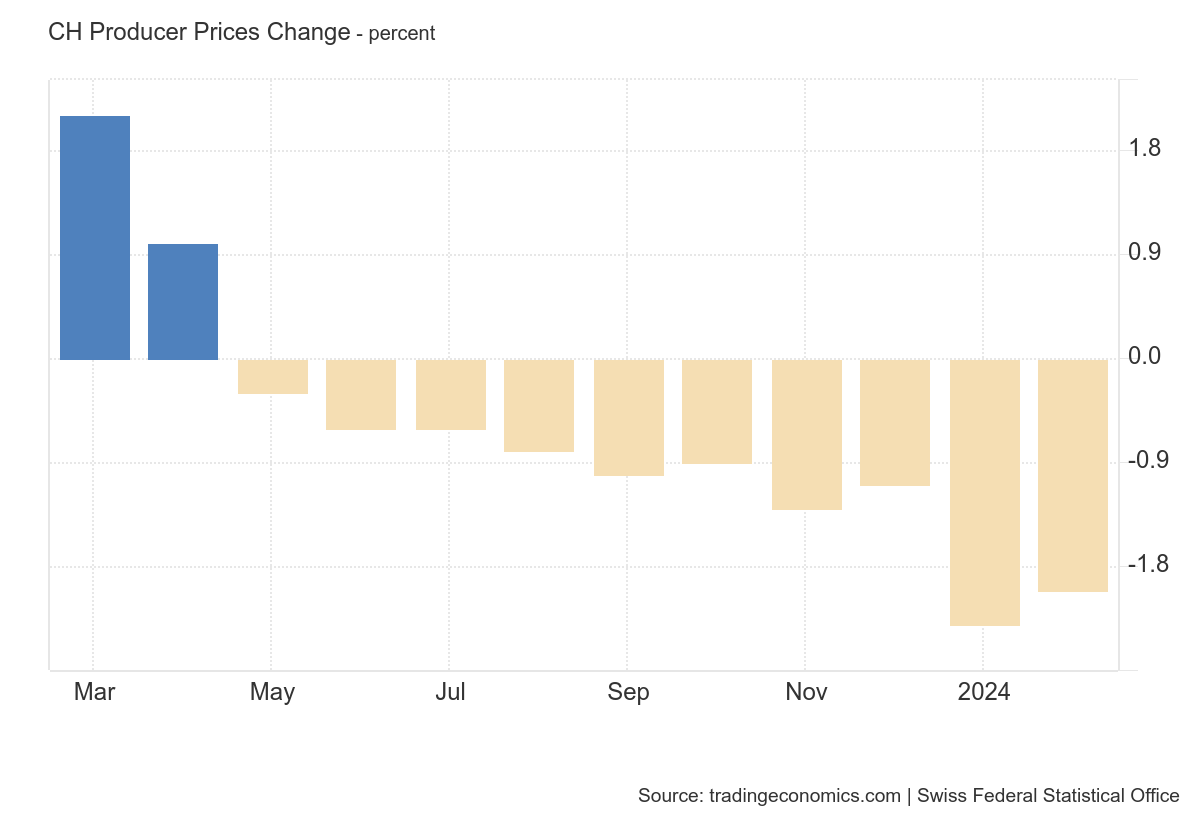 Overview: The markets are in a wait-and-see mode, it appears, ahead of the US CPI figures, as it absorbs bond supply from Europe and monitors the potential restructuring of China’s Evergrande. A new storm may hit US oil and gas in the Gulf before recovering from the past storm and helping to underpin prices. China and Hong Kong led the decliners in the mixed Asia Pacific session that saw the Nikkei post its highest close since 1990. South Korea, Taiwan, and Indian markets rose too. European shares are nursing small losses, and US futures are little changed. The US 10-year yield is first near 1.34%, while European yields are mostly 1-3 bp higher, with Italy outperforming. Germany, Italy, the Netherlands, and the EU’s “Next Generation” fund sell bonds today. With Norway’s election over and the results in line with expectations, and Sweden reported greater price pressures than expected, their currencies led the majors’ advance against the dollar. The Antipodeans and Japanese yen are struggling. The euro held support near $1.1800. Emerging market currencies are mixed. Most of the liquid, freely accessible currencies are lower. The JP Morgan EM currency index is flat after rising the past three sessions. Gold is stuck in its recent trough. Support is seen near $1782. November WTI is pushing close to $71, while industrial metals are heavier.
Overview: The markets are in a wait-and-see mode, it appears, ahead of the US CPI figures, as it absorbs bond supply from Europe and monitors the potential restructuring of China’s Evergrande. A new storm may hit US oil and gas in the Gulf before recovering from the past storm and helping to underpin prices. China and Hong Kong led the decliners in the mixed Asia Pacific session that saw the Nikkei post its highest close since 1990. South Korea, Taiwan, and Indian markets rose too. European shares are nursing small losses, and US futures are little changed. The US 10-year yield is first near 1.34%, while European yields are mostly 1-3 bp higher, with Italy outperforming. Germany, Italy, the Netherlands, and the EU’s “Next Generation” fund sell bonds today. With Norway’s election over and the results in line with expectations, and Sweden reported greater price pressures than expected, their currencies led the majors’ advance against the dollar. The Antipodeans and Japanese yen are struggling. The euro held support near $1.1800. Emerging market currencies are mixed. Most of the liquid, freely accessible currencies are lower. The JP Morgan EM currency index is flat after rising the past three sessions. Gold is stuck in its recent trough. Support is seen near $1782. November WTI is pushing close to $71, while industrial metals are heavier.
Asia Pacific
The Reserve Bank of Australia signaled its intention to proceed with its tapering (A$4 bln vs. A$5 bln a week), despite the lockdown (Canberra’s extended to October 15) and negative impact on the economy, but pushed against ideas that it can raise rates next year. Governor Lowe argues the economic setback is temporary and will not derail the recovery. He reiterated that he does not expect conditions to allow a hike before 2024. Note that the RBA extended its bond-buying period by three months to mid-February 2022. The RBA appears prepared for a contraction this quarter and anticipates a recovery in Q4. August employment figures are out later this week. A large decline in jobs is expected, and unemployment will likely jump.
Japan’s Nikkei posted its highest close since 1990. Regardless of the outcome of the LDP leadership contest at the end of the month, a large stimulus package is expected in Q4. Some link this expectation with the run-up of Japanese shares. Foreign investors are thought to be underweight Japanese stocks. Although the most recent MOF data, which covered the first week of the month, showed foreigners buying JPY422 bln, the most since February, they actually bought more Japanese bonds (JPY433 bln) than equities. Over the past four weeks, foreign investments have bought less than JPY100 bln net.
The dollar is in an exceptionally narrow range against the yen so far today: JPY109.95-JPY110.10. Although the range is unusually tight, the fact is that Japan has managed to have a stable (low vol) exchange rate, and China, it appears, would like the same, without the effort it currently requires. The dollar looks comfortable in a JPY109.60-JPY110.45 range. The Australian dollar approached a two-week low near $0.7330 but continues to hover around the (38.2%) retracement objective of the rally from the August 20 low near $0.7100, which is found around $0.7335. The next support area is seen in the $0.7290-$0.7315 band, which houses the (50%) retracement objective, the 20-day moving average, and congestion for late August. The dollar re-entered its CNY6.45-CNY6.50 range yesterday after it closed below it before the weekend. Today, it slipped back to almost CNY6.44. The PBOC’s fix gave nothing away. It was at CNY6.4500, a tad softer for the dollar than the CNY6.4503 expected. Chinese banks are reportedly active dollar sellers in the swap market, and the one-year swap rose to its highest level in nearly four years. There is a squeeze in China’s money markets, and the overnight repo rate poked above 2.30% today, its highest level in about three months, while the 10-year bond yield rose above 2.9% for the first time around six weeks.
Europe
As widely anticipated, the opposition defeated the Norweigan government. The five opposition parties appear to have secured about 104 of the 169-seats in parliament. Labour is likely to lead a three or possibly a four-party coalition. Social Democrats will now lead the governments in the Nordic countries, accept of Iceland. It looks like the Social Democrats will lead the next German government. In Norway, western Europe’s largest producer of oil and gas, a compromise on new drilling and exploration is likely. The Greens themselves did rather poorly in Norway and once again missed the 4% threshold.
Sweden’s August inflation was well above expectation. The month-over-month increase of 0.5% compares with expectations for a 0.2% increase. The year-over-year headline rate jumped to 2.1% from 1.4% (1.6% expected). The underlying measure that includes fixed mortgage rates rose from 1.7% to 2.4%. The underlying measure, excluding energy, rose by 0.3% in August. Economists in the Bloomberg polls expected an unchanged reading. The year-over-year rate nearly tripled to 1.4% from 0.5%.
The UK employment figures were in line with expectations, but it is difficult to know the underlying conditions until the furlough program ends at the end of the month. Still, jobless claims fell by 58.6k last month, and the July series was revised to show a nearly 49k decline rather than a little less than 8k initially reported. Employment in the three months through July rose by 183k, almost twice the previous three months, and the ILO unemployment rate slipped to 4.6% from 4.7%. Average weekly earnings rose 8.3% in the three months through July from a year ago. The UK reports August CPI figures tomorrow. The June 2022 short-sterling futures contract implied yield is around 44 bp. It has increased by almost 20 bp since early last week, as the market brings forward the BOE’s first hike.
The euro’s bounce from yesterday’s $1.1770 low fizzled today near $1.1830, in front of the 1.2 bln euro option that expires today at $1.1835. The euro has met the (50%) retracement objective of the rally since the year’s low on August 20, near $1.1665. The next retracement (61.8%) is found near $1.1760. Sterling is firm. It had briefly dipped below $1.38 yesterday but has remained above it today. So far here in September, sterling has tried twice to push above $1.39 and was rebuffed both times. Today’s high was set a little above $1.3880, and the intraday momentum indicators warn of the risk of initial downside pressure in North America. The first area of support is seen at around $1.3835.
America
The immediate focus is on the August US CPI. But despite the attention, it likely does not matter much for next week’s FOMC meeting. A further update about the tapering plans is anticipated even if a precise start date is not locked in. To many, if not most, market segments, starting the tapering in November or December is a distinction without a difference. For the record, the year-over-year pace of headline and core CPI are expected to tick lower but remain elevated. We suspect that today’s report will not have much impact on prices or expectations outside of the knee-jerk response to the headline.
Oil prices are near six-week highs. The US Gulf production is still about 50% of capacity after being struck by the Ida. Now another tropical storm is bearing down. Another large drawdown of US inventories is expected (-3.6 mln barrels). US inventories are estimated to be near 20-month lows. This leaves OPEC+ well positioned to continue to boost output by 400k barrels a day per month.
Canada’s national election is next Monday. Prime Minister Trudeau’s early gambit may not result in much of a change. The Liberals appear likely to lead a minority government like it does now. The Quebecois Premier of Quebec favors a minority Conservative government, but the Liberals have more seats in Quebec than the Quebecois (35-32). The small People’s Party, which is opposed to mandated vaccines, is drawing around 7% of the vote and mostly from the Conservatives. Separately, Canada reports August CPI figures tomorrow. While the headline rate is expected to tick up (3.9% vs. 3.7%), the underlying core rates are expected to be steady at elevated levels.
The US dollar has been confined to a narrow range of around 10-ticks on either side of CAD1.2650, where an option for a little more than $1 bln will expire today. The greenback is confined to the lower end of yesterday’s range. Besides the US CPI, look for equities to point the direction of the range extension today. The dollar finally broke out of the range set on September 3 against the Mexican peso (~MXN19.85-MXN19.9850). However, the break was minor (~MXN19.8485), and it is back into the well-worn range again today. That said, the greenback ran into sales as it poked above MXN19.92 in Europe. Initial support is seen around MXN19.88.
Full story here Are you the author? Previous post See more for Next postTags: #USD,Australia,Canada,China,Currency Movement,Featured,Japan,newsletter,Norway,Sweden,U.K.























